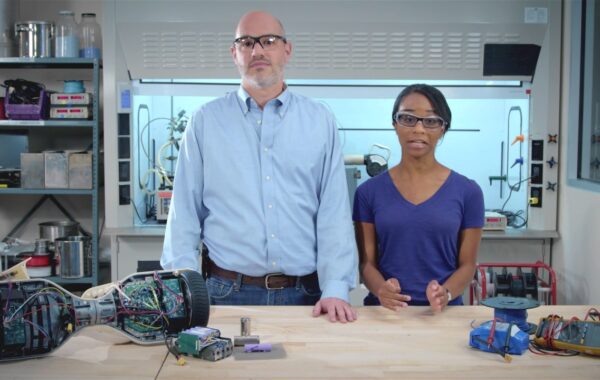Related Resources

Document
Thermal Runaway: Student Guide

Document
Thermal Runaway: Teacher Guides

In the Science of Thermal Runaway pathway, you identified significant thermal requirements to protect the battery and the device from excessive heat. Too much thermal energy trapped inside an enclosure could create a situation where multiple cells are at risk of thermal runaway. Additionally, battery enclosures that release too much thermal energy can create a situation where a person could burn themselves when they touch the product. This delicate balance of solutions is the challenge safety engineers face when identifying what makes products safe.
This engineering design process focuses on these thermal design requirements. You will select, test, and choose a material(s) to use in a battery enclosure to manage thermal energy that could lead to thermal runaway, or ignition of the device. You will test your design to meet thermal performance criteria just like safety engineers test e-mobility devices to meet Standard UL 2272.
If the enclosure design meets the criteria, then it will pass the test! If the enclosure design does not meet these criteria, then your group must analyze other group data to identify the best characteristics of each that can be combined into a new solution. Once adjustments are made, run the tests again.